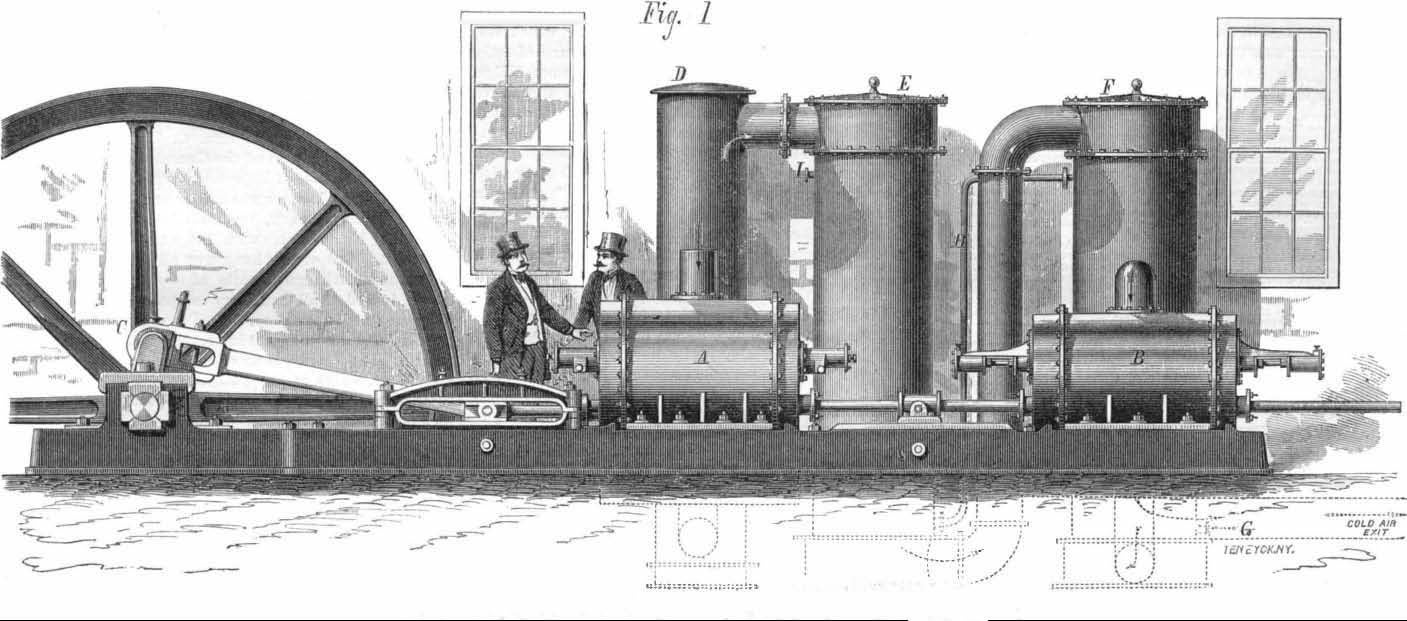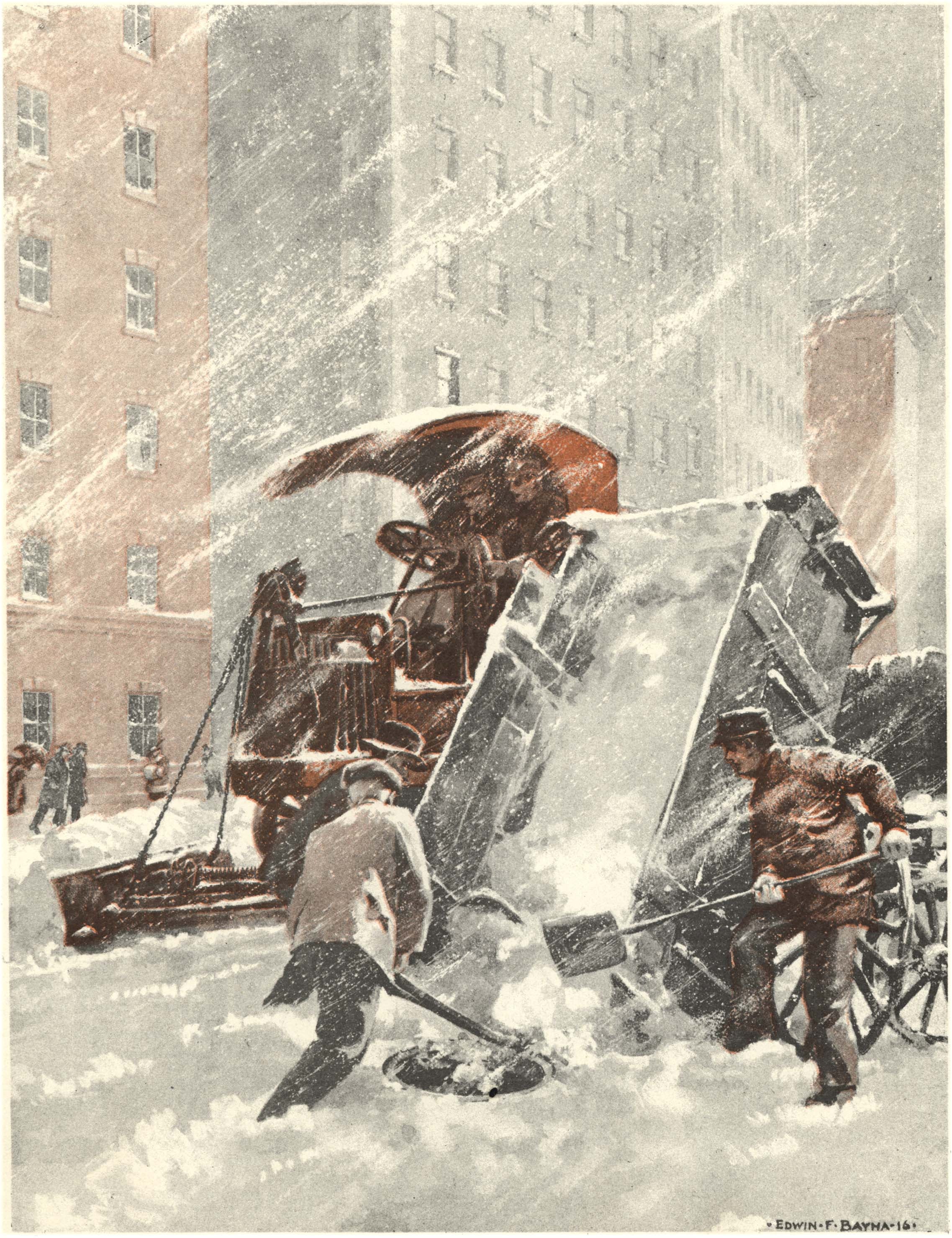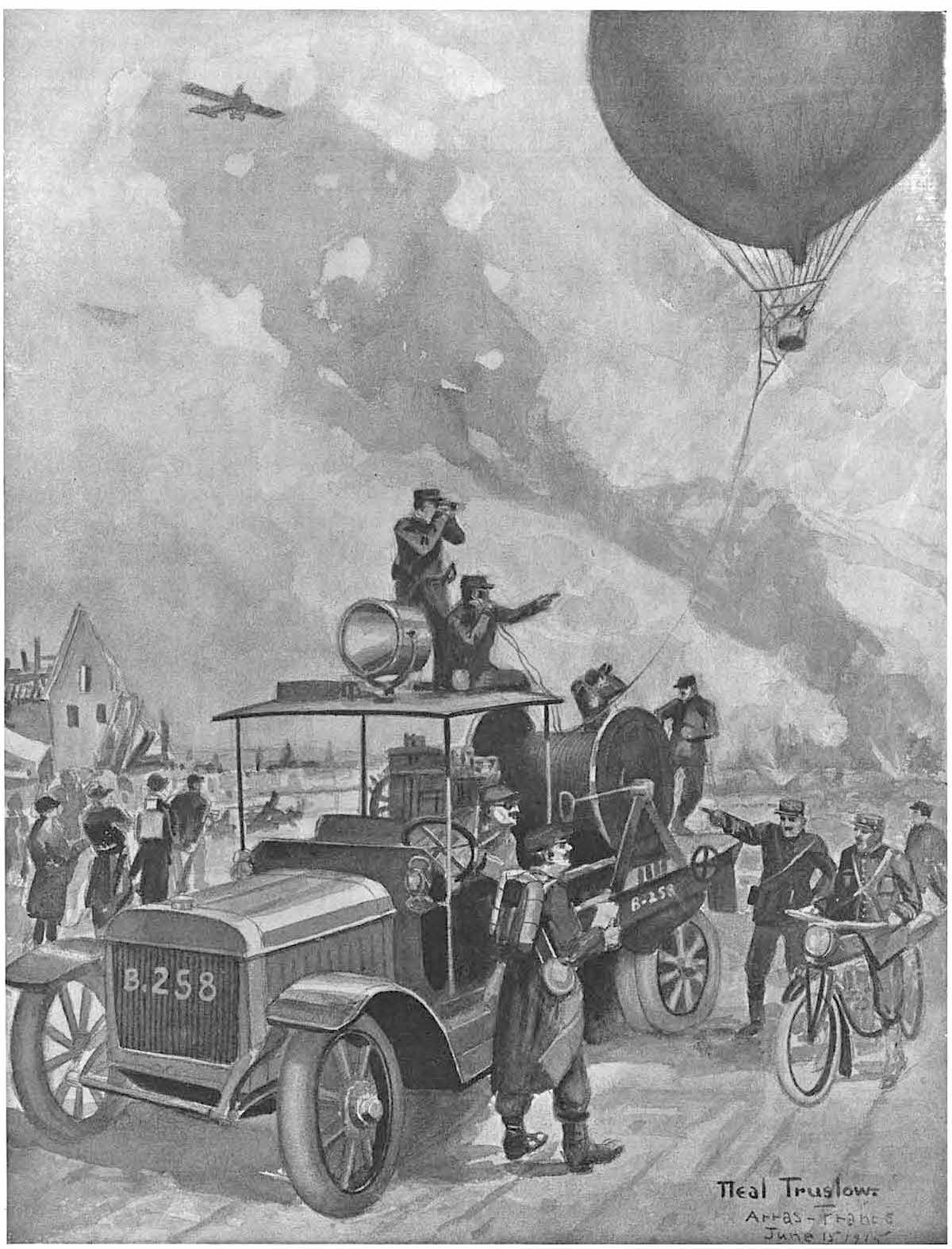| Dear Reader,
February is called the “cruelest month” because of the cold snowy doldrums in the Northern Hemisphere (although on the other side of the globe, the heat has been pretty bad in Australia). Cold can be unpleasant but sometimes it can be fun. In the history of civilization it has also changed the way we farm, transport food, shop for food, and our cooking and diet. So let’s look at both of those: winter snow and the appliance you probably all have, the refrigerator. We should also keep chemistry in mind and look at hydrogen, which is not only the most abundant atom in the universe (and there’s a lot of it in snow) but an element that has been useful, and could be much more so in centuries to come.
And for our 175th anniversary year, more gems from Scientific American’s history can be found at Artifacts from the Archive.
|












Comments
Post a Comment